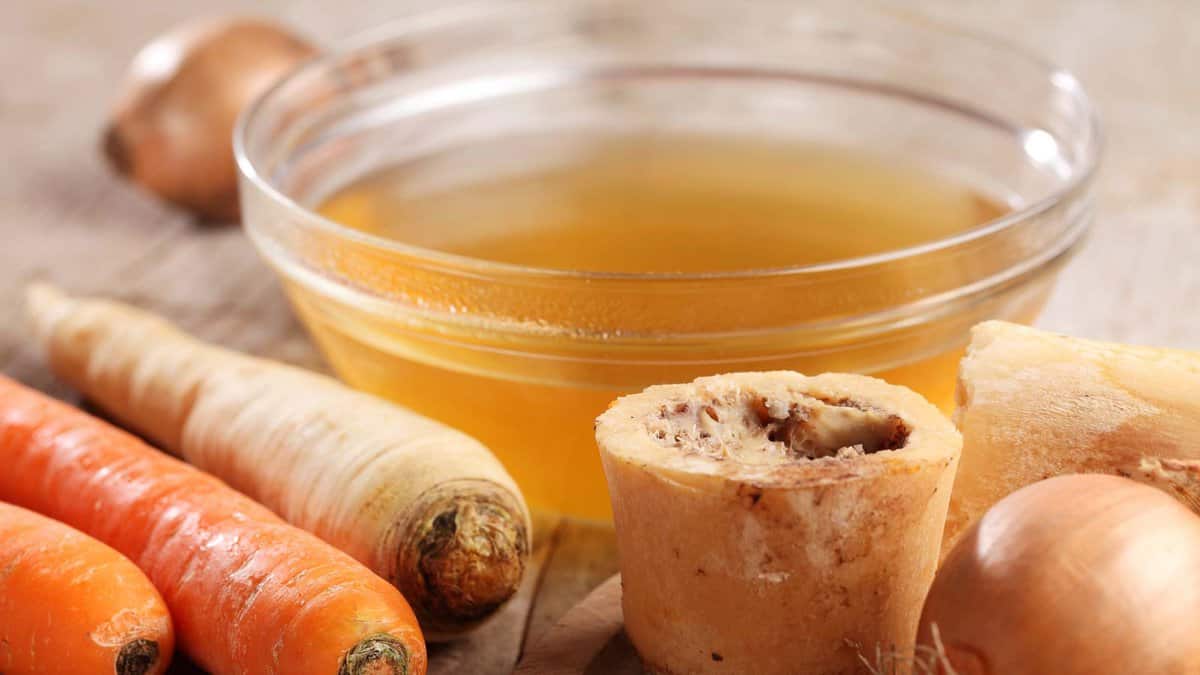Somewhere along the way, cooking stopped feeling like an act of care and started feeling like another chore on the list. But the way people used to cook was different. It wasn’t rushed, and it wasn’t about perfection. It was about creating something real with what you had, using time as the secret ingredient that made everything taste better. Slowing down in the kitchen forces you to pause, breathe, and be present in a way that few other parts of life allow. When you cook with intention, you’re rewarded with a moment that reminds you what home is supposed to feel like.

Cooking from scratch
Homemade meals used to be the norm, not the exception. Cooking from scratch connects you to your food in a way convenience meals never can. It helps you understand ingredients, appreciate real flavor, and cut down on unnecessary additives. Starting simple, like making soup or bread at home, can remind you why real food made with your own hands always tastes better.
Saving drippings and scraps
Before disposable culture took over, every bit of food had a purpose. Bacon grease flavored vegetables, and vegetable peels went into broths. Today, that same idea can help you stretch ingredients and reduce waste. Keep a jar in the fridge for cooking fats and a freezer bag for trimmings to turn into stock later. It’s sustainable, resourceful, and surprisingly practical.
Make the most of your produce

Earlier generations saw value in every part of a vegetable. Onion skins, carrot tops, and celery leaves weren’t trash; they were ingredients waiting for a purpose. Adding these to broths, sauces, or pestos stretches your groceries and keeps waste low. It’s a small shift that encourages creativity and mindfulness in the kitchen.
Bring back homemade preserving
Rows of canned fruits, jams, and pickled vegetables once lined pantry shelves year-round. Preserving what was in season was a way to enjoy local produce long after harvest. Bringing that back means less reliance on packaged goods and more control over your food. A single batch of canned tomatoes or jam can make you feel both nostalgic and accomplished.
Planning meals with intention

Meal planning used to be an act of intention, not a chore. People cooked based on what they already had, saving time and reducing waste. A bit of planning brings that same balance back today. It keeps your week organized, helps you use leftovers wisely, and prevents the scramble for last-minute takeout.
Trust your cast iron again
Cast iron pans were once kitchen staples for good reason. They heat evenly, last forever, and develop character the more you use them. With a little seasoning and care, a cast iron skillet can handle everything from cornbread to seared vegetables. It’s a simple tool that stands the test of time and adds depth to your cooking.
Use real ingredients
Butter, sugar, flour, and cream were once kitchen essentials that built true flavor. Processed substitutes may be convenient, but they rarely deliver the same results. Returning to these basics is less about indulgence and more about quality. Cooking with real ingredients brings honesty and texture back to everyday meals.
Make homemade stock again

Homemade stock was once a kitchen staple, built from bones, herbs, and vegetable scraps simmered slowly on the stove. It added richness and depth to soups, sauces, and grains without a single artificial ingredient. Making your own lets you control the salt and flavor while using up odds and ends you’d otherwise throw away. It’s one of those simple habits that makes everything else you cook taste better.
Cook with what’s in season
Before global shipping made everything available year-round, people ate what grew nearby and in season. That meant fresher produce, better flavor, and a natural variety throughout the year. Seasonal cooking keeps meals interesting and supports local farmers, too. Building your dinners around what’s at its peak helps you save money and eat food that actually tastes the way it should.
Take your time when cooking
Meals used to unfold slowly, giving flavors the chance to develop fully. Stews simmered all afternoon, bread rose on the counter, and nothing was rushed. That patience created warmth and depth you can’t fake with quick methods. Taking time with your food, even just once a week, brings back that calm, rewarding rhythm that made cooking feel like more than a chore.
Gina Matsoukas is an AP syndicated writer. She is the founder, photographer and recipe developer of Running to the Kitchen — a food website focused on providing healthy, wholesome recipes using fresh and seasonal ingredients. Her work has been featured in numerous media outlets both digital and print, including MSN, Huffington post, Buzzfeed, Women’s Health and Food Network.












